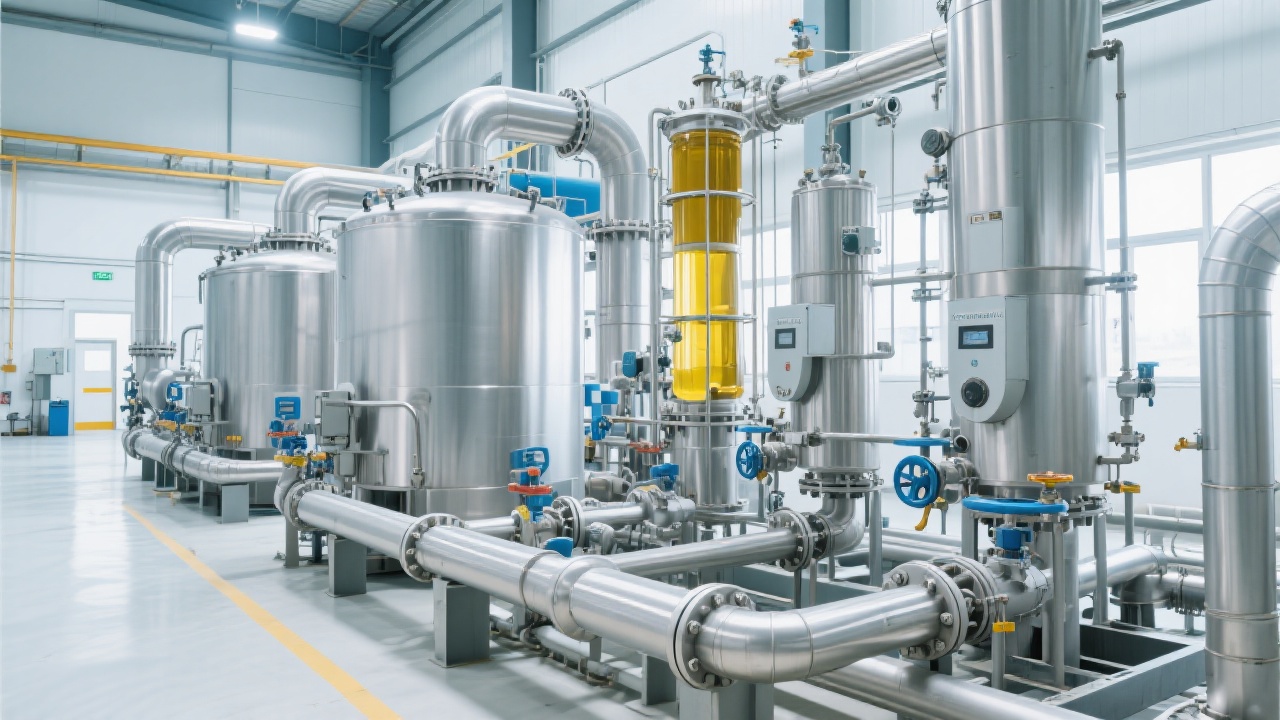
For food processors targeting international markets, the quality and consistency of rice bran oil are no longer just technical concerns—they’re competitive differentiators. A well-designed refining system not only meets global standards like ISO 22000 or HACCP but also boosts production efficiency by up to 30% compared to outdated setups (source: FAO Food Processing Report 2023).
The four-stage refining process—de-gumming, de-acidification, decolorization, and deodorization—is where raw oil becomes market-ready. Each stage requires precise control and tailored equipment:
| Stage | Key Objective | Recommended Equipment |
|---|---|---|
| De-gumming | Remove phospholipids using water or citric acid | Centrifugal separator + pH-controlled mixer |
| De-acidification | Neutralize free fatty acids with caustic soda | Continuous neutralizer with automated titration |
| Decolorization | Adsorbents remove pigments and trace metals | Fixed-bed adsorption column with activated carbon or clay |
| Deodorization | Remove volatile compounds at high temp under vacuum | Steam stripping tower with temperature profile control (typically 240–260°C) |
Choosing the right configuration isn’t about cost—it’s about long-term ROI. For example, a case study from an Indian exporter showed that switching from batch to continuous processing reduced energy consumption by 18% while improving oil stability (measured via Rancimat test) from 6.2 hours to 9.7 hours.

International buyers—from EU retailers to Middle Eastern foodservice providers—are increasingly demanding documentation of process controls. A modernized refining line allows you to provide real-time data logs for each batch, making compliance audits faster and more transparent. In fact, 72% of B2B procurement managers say they prioritize suppliers who can demonstrate consistent quality through digital traceability (LinkedIn B2B Survey 2024).
Whether you're exporting to Germany, UAE, or Southeast Asia, investing in a scientifically configured refining system gives your brand credibility—and builds trust before the first order even arrives.
Ready to upgrade your rice bran oil production? Let us help you design a customized refining solution that meets export-grade standards—and scales with your growth.
Get Your Free Refining System Assessment
